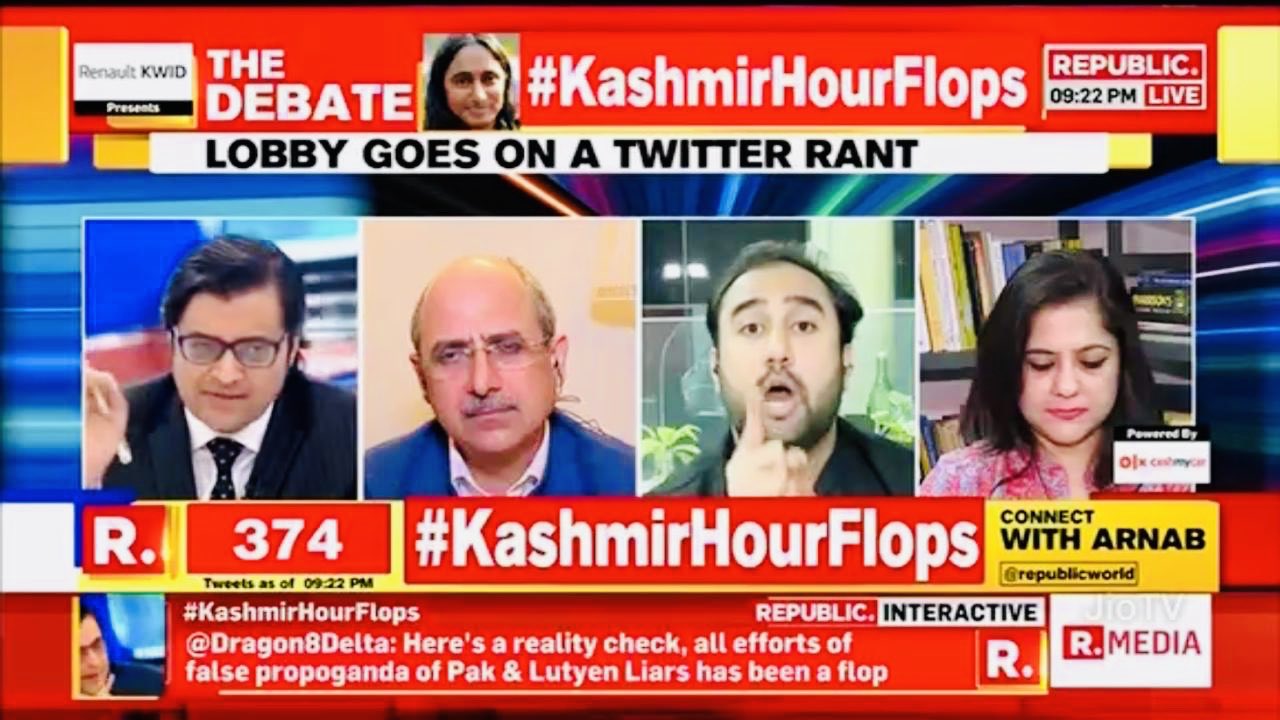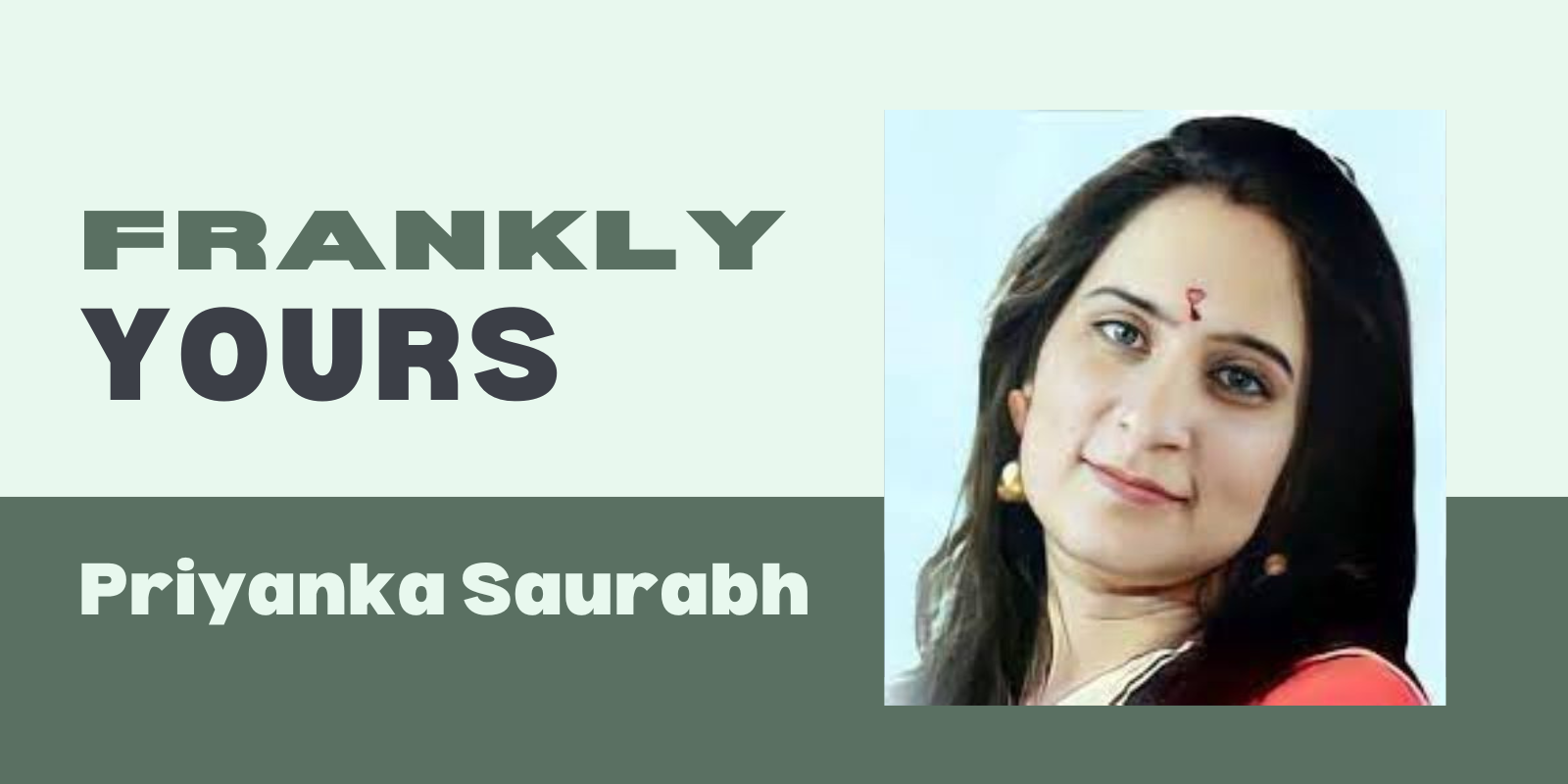News channels present nationalism as a scripted spectacle. At night, an atmosphere is created on TV as if India has attacked Pakistan, but in reality, nothing happens. Military actions like surgical strikes are publicized in the media, films, and election speeches, while the suffering of the real martyrs and their families is forgotten. When people ask questions on social media, they are silenced by calling them traitors. Nationalism is made an issue during elections to divert attention from real problems like unemployment and education. This article asks the readers, will they just be a part of this spectacle and keep clapping, or will they show real patriotism and stand with the truth and suffering? Real patriotism is not in noise, but in compassion, truth, and the courage to ask questions.
It is nighttime. People switch on the TV at home, tune in to news channels, and the next moment explosions start on the screen—headlines like “India entered Lahore and took a big action!”, “Pakistan is shocked!”, and “Pakistan on its knees!” appear, and the anchors scream as if they are reporting live from the battlefield. But when they open their eyes in the morning, everything is the same as it was. There is no war, no attack; it is just a magical game of TRP. This is not a war; it is a scripted show—a live tamasha of nationalism, which is being served in the name of TRP. The real question is whether the security of the country, the martyrdom of the martyrs, and the sentiments of the public have also become a part of media marketing now.
Media’s ‘heroic’ spectacle:
Indian news channels are now less a source of information and more a platform for dramatic entertainment. Anchors are in a warlike mood; the panel is staffed with retired generals, jingoistic spokesmen, and a couple of faces from the “enemy country.” Everybody screams and shouts at each other, and viewers are glued to the TV.
Fake bombs, missile explosions, and fake maps created with CGI—all this gives the viewers a feel of a ‘great war.’ But what is the ground reality? The ground reality is that this entire drama strengthens only one thing: the channel’s ratings and the government’s image.

Surgical Strike, Cinema, and Censorship:
After the Uri incident of 2016, India carried out surgical strikes. The next year, the film “Uri,” based on it, was released. The country accepted it with open arms. The dialogue “How’s the josh?” was on every child’s lips. Vicky Kaushal became a hero, and actors like Paresh Rawal became the on-screen ‘RAW’ chief Ajit Doval, who used a mobile in every mission and then threw it away. But amidst all this, the story of the soldiers who carried out the actual operation, their families, and their sacrifice got lost somewhere. When a soldier is martyred, the news channels first run a breaking news with his photo—”One” more soldier martyred”—but” the very next moment the anchor returns to the trending topic.
Social media and the politics of evidence:
When the Balakot airstrike happened, people raised questions on social media—“What“ is the proof?” and “How many died?” The government remained silent, but the troll army became active. Anyone who raised questions was labeled a “Pakistani agent.” Nationalism has now become a silencing tool — anyone who speaks is a traitor. Anyone who asks is a traitor. Seeking accountability from the public is still a crime, and patriotism on social media means simply changing profile photos and posting trending hashtags.
The tears of the martyr and the loneliness of the common man:
The media shows war, but what about those who actually die in war? When a soldier is martyred in Jammu and Kashmir or the Northeast, does his widow’s pension come on time? Do his children get free education? Does his old mother get treatment? Often not. The media sheds light for a day, but the government and society forget very quickly. Those who survive are left alone. The mother who says, “My son came wrapped in the tricolor; I am proud”—she” has to bear lifelong pain along with pride.
Collusion of politics and nationalism:
This ‘TV war’ becomes even more aggressive during the election season. Surgical strikes are mentioned in the rallies of the leaders; pressing the button is like ‘dropping a bomb.’ The opposition’s questions are called “Pak Prem,” and in the name of patriotism, the real issues—unemployment, education, and health—all disappear. Every time near the elections, some “strike” takes place—sometimes on air, sometimes digital, sometimes through rhetoric. The security of the country has been made an electoral brand. What kind of patriotism is that which cannot get votes?
The real picture of the war:
Those who chant war slogans never fight a war. Wars are fought by the soldiers who sit on hill posts in sub-zero temperatures, the families who fear every phone call, and the mothers who are startled by every sound at the door. And the civilians who die in terrorist incidents—they too have no voice. No film is made for them, no leader pays tribute, and no media channel runs breaking news.
We live in an era where patriotism has become a TV show, a script to be sold on the film screen, and a slogan to be heard in election rallies. Real patriotism—asking questions, helping the afflicted, and recognizing the truth—is being lost.
We have to decide whether we want to be a part of this spectacle or stand against it. Do we just want to clap or be the one to wipe the tears of the martyr’s family?






